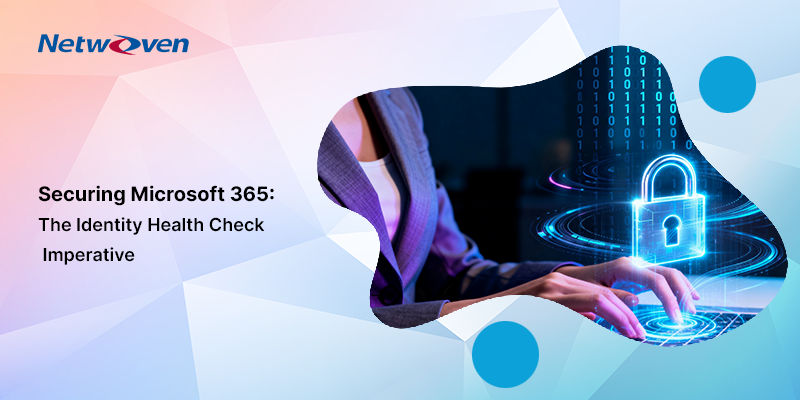While it’s generally advisable for organizations and their CISOs (Chief Information Security Officers) to prioritize data security, it’s important to acknowledge that there may be various factors or concerns that could potentially hinder or delay the implementation of robust security measures.
Here are seven reasons why some CISOs might be hesitant to implement data security:
1. Lack of resources
Data security can be expensive, and CISOs may not have the resources they need to implement effective security measures.
2. Lack of buy-in from leadership
CISOs may not have the support of their leadership team, which can make it difficult to implement security measures.
3. Lack of Data Security knowhow
Most CISOs come from perimeter security background and are more familiar and comfortable with DLP, Identity and other types of traditional security methods. Data security requires working with applications and data across the organization which may not be in their area of expertise.
4. Lack of knowledge about security best practices
CISOs may not be familiar with the latest security best practices, which can make it difficult to implement effective security measures.
5. Lack of time
CISOs may be too busy with other tasks to focus on data security.
6. Resistance from employees
Employees may resist data security measures as it does require employees to work differently.
7. Fear of failure
CISOs may be afraid of failing to implement an effective data security strategy, which can lead to them not taking any action at all.
Despite these challenges, it is important for CISOs to implement data security measures. Data security is essential to protecting an organization’s data from unauthorized access, use, disclosure, disruption, modification, or destruction. By implementing data security measures, CISOs can help to protect their organization’s data and mitigate the risk of a data breach.
Here are some useful tips for CISOs who are struggling to implement data security:
Start small
Don’t try to implement too many security measures at once. Start with a few simple measures and then gradually add more as you have the resources and time.
Get buy-in from leadership
It is important to have the support of your leadership team in order to implement effective security measures. Make sure to communicate the importance of data security to your leadership team and explain the risks of not implementing security measures.
Educate your employees
Your employees are your first line of defense against data breaches. Educate them about data security best practices, such as how to spot phishing emails and how to create strong passwords.
By following these tips, CISOs can overcome the challenges of implementing data security and help to protect their organization’s data. It’s important to note that the risks and potential damage resulting from data breaches often outweigh these concerns. Therefore, CISOs should strive to balance the organization’s objectives with the need for strong data security to protect valuable assets and maintain customer trust.























